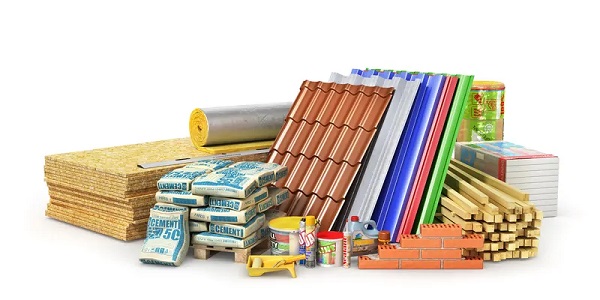 Saturday, May 11, 2024
Saturday, May 11, 2024  Saturday, May 11, 2024
Saturday, May 11, 2024 
In recent years, phase change materials (PCMs) used to improve the energy efficiency of buildings are gaining momentum. PCMs can store and release large amounts of energy—when in a solid phase, they can absorb heat, providing a cooling effect and when a PCM is in its liquid phase it can release heat, providing a warming effect.
“The ice melting to water is a phase change material, as is butter melting to oil. Why is it special? When material changes phase, it also absorbs and releases energy. In construction, these materials are encapsulated, i.e., the micro PCM capsules are integrated into a building element, such as concrete,” explains Paris Fokaides, a principal investigator at Kaunas University of Technology (KTU), Lithuania.
Together with colleagues from Frederick University in Cyprus, KTU researchers were conducting a study in different European regions aiming to calculate the efficiency of the application of PCMs for the energy upgrade of the existing buildings. Their research revealed that the efficiency and energy payback period of PCM depends on certain conditions, such as the geographical location and the wall orientation of the building.
“The thermal performance assessment of existing buildings is highly valuable information, which can be useful when making renovation decisions,” says Egle Klumbyte, a researcher at KTU Faculty of Civil Engineering and Architecture, a co-author of the study.
Keep reading on labmanager.com